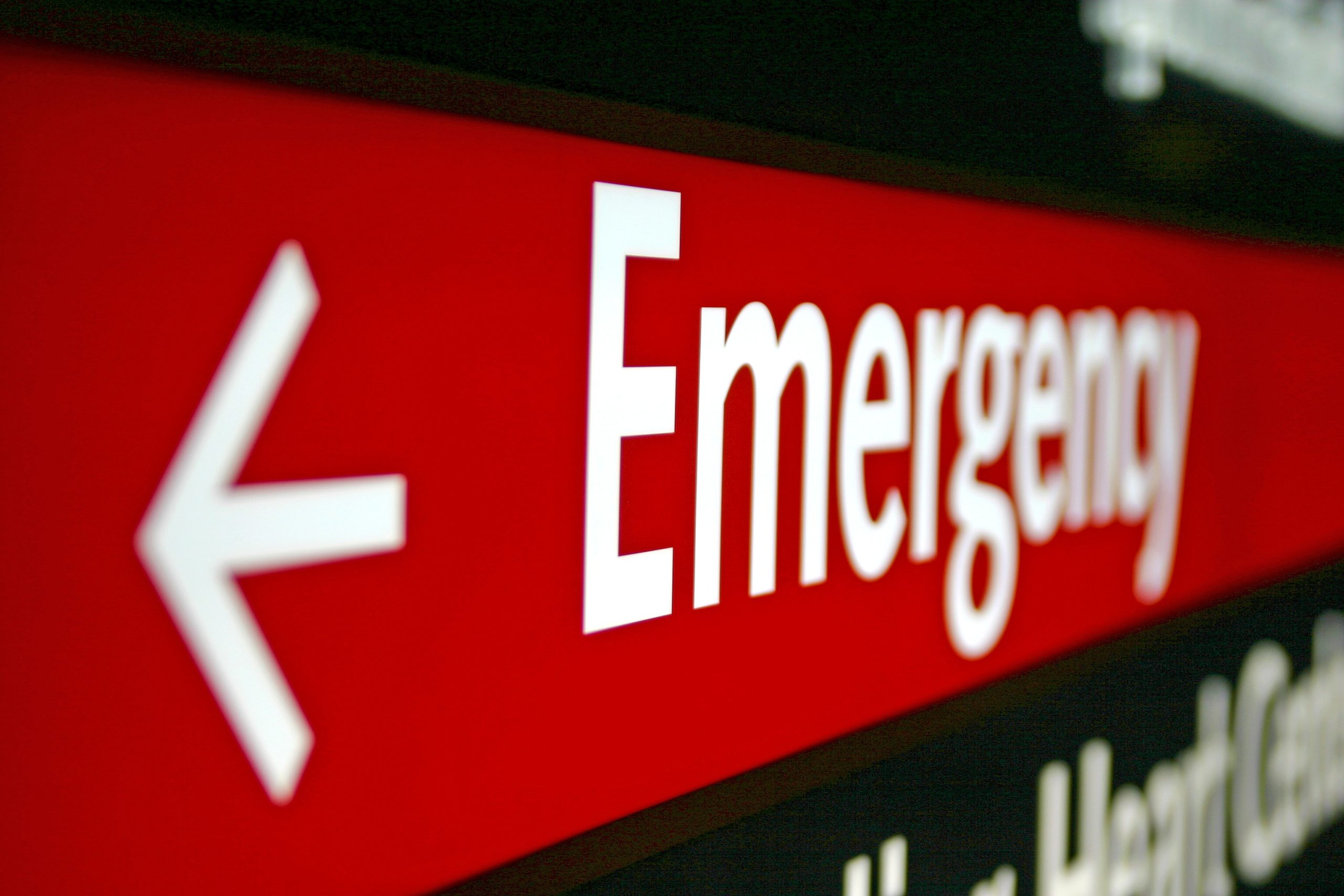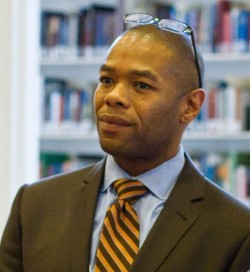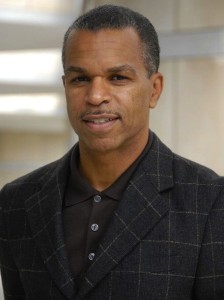
By Curtis Bunn, Urban News Service
Sobering facts: For every black youth murdered in Philadelphia, 90 others experience grave injuries, including gunshot and stabbing wounds. Each year, more than 900 young blacks are admitted to one specific local emergency room as victims of violence, according to the Centers for Disease Control and Prevention.
For John Rich and Ted Corbin — African American physicians who lead Healing Hurt People, an intervention program at Drexel University’s Center for Nonviolence and Social Justice — these numbers represent far more than the walking wounded.
Indeed, America’s inner-cities — mired in the drug trade and economic strife — often find young black males in hospitals as victims of violence. Those who survive continue to experience trauma that goes untreated, which often leads them back to emergency rooms for therapy.
“We view this as a broader social issue,” said Rich, 57, a primary-care internist, originally from New York. “We see young people (8 to 30 years old) who have more potential, intelligence and strength than we had. But we had a certain set of circumstances by the accident of birth, educated parents and some resources that these young people don’t have.

“This isn’t one of those ‘be like me’ programs. It’s about how the structure has failed these young people. So, it’s our responsibility, our duty, to make sure these young people have an opportunity to succeed.”
Healing Hurt People was created to counsel the wounded who traverse the emergency room affiliated with Hahnemann University Hospital and the Drexel University College of Medicine — often simply dubbed “Drexel.” This program was expanded to St. Christopher’s Hospital for Children in 2009, to reach young victims of violence from ages 8 to 21.
These victims, Rich said, “have the same kind of disruption in their lives — post-traumatic stress disorder — as soldiers returning from war-torn countries. Most of the time, the healthcare system treats [victims] as if they caused the injuries themselves and don’t provide them care. We realize independently, in our own settings, how critical it was to address those issues.”
Three of every four patients Corbin sees as an emergency-room surgeon are African-American males. After recovering from their physical ailments, they suffer from myriad post-traumatic stress symptoms: insomnia, depression, nightmares or flashbacks, alcohol or substance abuse, an inability to concentrate, and a “separation of emotions,” or a lack of interest in themselves or others.

Further, these symptoms often foreshadow the victims suffering new gunshot or stabbing wounds. Doctors Rich and Corbin indicate that within five years of first suffering non-fatal injuries, 44 percent of these victims are shot or stabbed again, while 20 per cent die from what the doctors call “new wounds.”
“Basically, (hospitals) only treat physical wounds,” said Corbin, a 47-year-old Philadelphia native.
But Healing Hurt People, which serves up to 150 participants, tackles the other side of recovery. This free program identifies and addresses the victim’s trauma through concrete case management, said Rich, the author of “Wrong Place, Wrong Time: Trauma and Violence in the Lives of Young Black Men.”
“Across the spectrum of services,” he said, “we ought to be thinking about trauma. Don’t ask what’s wrong; ask what happened to this person. Instead of jail, get them help they need to heal: support in the community, counseling. We want to change the conversation away from bad behavior and criminal justice toward one that’s about healing and strength.”
The Healing Hurt People team works at the hospital during peak emergency-room hours (9 p.m. to 2 a.m.). A program manager who is a clinical social worker, two social workers and a pair of Intervention Peer Specialists who have gone through the program identify victims of violence and offer them free help.
This group provides “trauma therapy,” including behavioral counseling, youth assessment and other social-work-related services that help program participants re-emerge into society after their ordeals.
The Intervention Peer Specialists provide victims with on-site counseling. The peer specialists are critical because they have personally experienced much of what their patients have endured. They can help interpret doctors’ diagnoses and use their own injuries to predict what victims will face. The program’s social workers make home visits. Group counseling is available, too.
“While the tendency is to measure and think about violence in terms of homicide,” Rich said, “with young black men, the burden and pain [also] are caused emotionally through trauma. The concerning part is, if it’s not identified, it goes unrecognized and it goes untreated. . .The good news is there is a way to approach this. . .Our program can help.”
Healing Hurt People changed the life of Jermaine McCorey, 26. He used to sell marijuana in north Philadelphia. He was shot three times in a 2010 incident and again, 18 months later. Healing Hurt People hired him and gave him a new outlook on life. McCorey, on staff as an Intervention Peer Specialist for two years, now shares his story with victims and works as a liaison between doctors and patients.
“After I got shot, I was going through depression,” McCorey said. “I had a feeling of hopelessness. I wasn’t able to sleep much. I was withdrawn, and if I closed my eyes I saw gunfire. I would stay home with the blinds closed. I would stare into the TV, and it would be playing my experience over and over again.
“It’s been invigorating to come out of all that. A social worker came to my bedside. I took that as one step to getting out of the drug game. They were able to make me aware of my emotions because I wouldn’t talk about it. The psycho-educational group [sessions] really helped me to understand I wasn’t the only one going through this. So, now, to help others, it’s truly empowering.”
Jose Ferran, 20, is the other Intervention Peer Specialist. He was shot in 2011 and recovered from his wound. But he was mired in guilt for telling the truth about who shot him.
“It was embarrassing that I was called a ‘snitch,’ but the program helped change the lens for me on what the truth looks like,” Ferran said. “I found a sense of identity and a reason it happened to me.
“Now, I have a meaning in life. With the program, I found a community that encouraged me and strengthened me,” Ferran said. “When I talk to the kids who are in the ER or their parents, I can simplify all that is happening and will happen. I make a connection because I have been through what they’re going through.”
Doctors Corbin and Rich hope that Healing Hurt People will expand in both Philadelphia and other cities. They would also like to identify family members and friends of the traumatically injured because “the people around victims suffer from symptoms of trauma, too,” Corbin said.
The need is significant: For every person admitted to Drexel for severe injuries, nine are treated and soon released. “So we’re putting these hurt people right back into the community from where they came and sustained injury,” Corbin said.
“We see our Peer Intervention Specialists, and they are reminders that it can happen, that (the program) works. It’s a privilege to see the young men evolve.”



